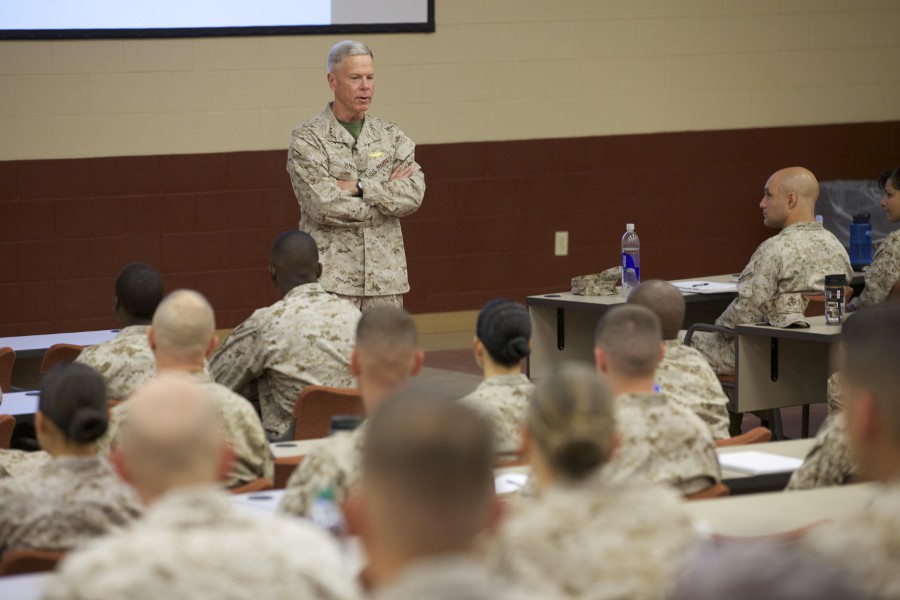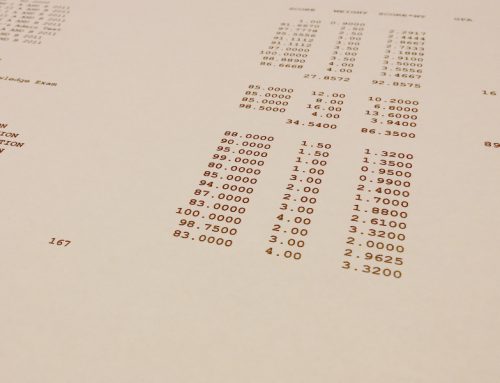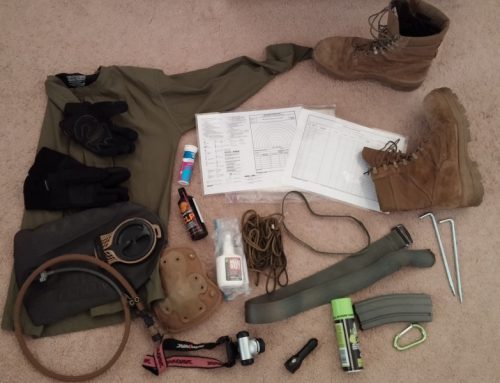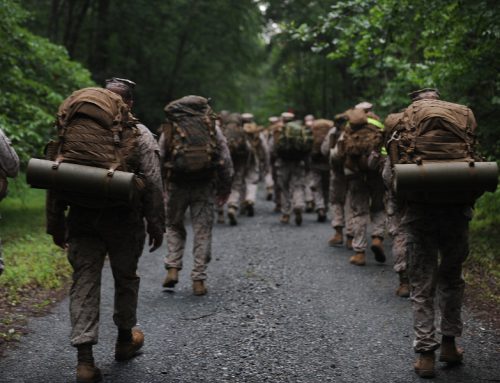Most of you have probably heard about the Marine Corps’ three-tier MOS selection process for placing Ground contract officers in their MOS. It’s a historic system that hasn’t changed for decades. Luckily, The Basic School is changing many procedures to better the development and MOS placement of Marine Officers.
UPDATE (23 OCT 2014): I recently heard from a friend at TBS there are still decisions being made with regards to how the MOS Selection Process is carried out. There is a new CO of TBS who is going to be investigating the matter. The old and new systems are both in play as of right now.
OLD MOS SELECTION PROCESS
Assume there are 90 Marines in a company. Everyone is given a rank from 1 to 90 based on their academic (30%), physical (30%), and leadership (40%) performance.
Those ranks are broken into 3 tiers:
- first: 1-30
- second: 31-60
- third: 61-90
Each Marine provides a list of their desired MOS in order of preference. The top of each tier from first to third gets priority pick. In the example, the order for picking would be 1, 31, 61, 2, 32, 62, 3, 33, 63, etc. Once your turn to pick comes up they just go down your preference list. If your number one MOS is available you get it, or else they go to your second choice and so on. This means that the person ranking 30 in the company is going to have the third to last pick.
This process was developed in order to ensure “quality distribution.” That is to say that they want to make sure every MOS has a decent spectrum of quality Marines. As you can imagine, the system can be incredibly frustrating given that the 30th Marine gets the 88th pick while the 31st Marine gets second pick. Many times Marines try to “game” the system by failing tests, or physical events, to drop into a lower overall ranking, but ending up at the top of a different tier. The staff will generally catch these acts and respond accordingly.
THE THREE-TIER SYSTEM NO LONGER EXISTS
The historic system in no longer in play. The Marine Corps has developed a new process for placing officers in MOSs. It involves a more hands on approach by the staff. The idea behind “quality distribution” is still very much in play.
NEW MOS SELECTION PROCESS
Let’s look at the previous example. Instead of breaking the company into thirds the staff will look at the overall average score. For instance, assume the average grade for the company is 85%. Every MOS will be made up of Marines with a sum average that falls between 2.5% of the company average. The average for every MOS would be between 82.5% and 87.5%.
Marines will still submit a preference list, but the staff is going to do everything in their power to get you into one of your top 5 MOSs. In the previous system Marines would end up with the 25th pick on their preference list, since it was a primarily automated process. The Company XO will make the initial determination for placing Marines. Afterwards the entire company staff will get together and SPCs (Staff Platoon Commanders) will trade Marines around. It’s even more critical now for you to constantly talk to your SPC about what MOS you want. When the time comes to trade, if your SPC sees an opportunity to give you what you want then they can do it. At the same time, you have to prove to your SPC that you can do the job you want. If not, your SPC might trade you out of an MOS you wanted because they don’t think your fit for it.
At the end of everything the Company CO will give a final approval. The average distribution rule can be broken if the Company CO approves it. There may end up being a few MOSs where the average grade of the Marines assigned falls out of the 2.5% range.






The three-tier system does still exist, though the SPC has a heavy hand.
True, it is still there but there is a lot more flexibility allowed to SPCs and company commanders to fill the right Marines into the right jobs. HQMC likes to see Marines receiving jobs relatively high on their wish lists because it exponentially boosts performance and retention. MOS assignments are often sent back to be refined if too many or even any one person gets a job too far down their list. I’ve seen companies with everyone getting in their top 4 but one person gets their 17th-18th choice because that’s just how it worked out and HQMC says fix it.
Sorry about the anonymous stuff. I’m thinking of becoming a marine officer (going through ROTC) and I was wondering what the best ways are to better my chances of getting the MOS I want(5803, MP officer). If anyone could help me out with this, that would be great. Thanks.
The best way to get your desired MOS is to be the highest ranked officer in your TBS class.